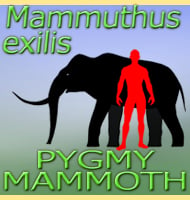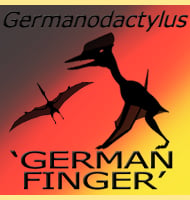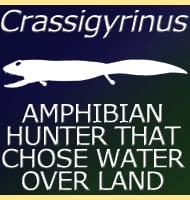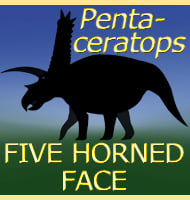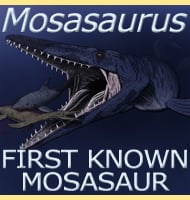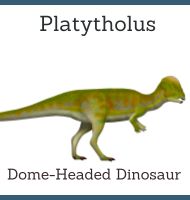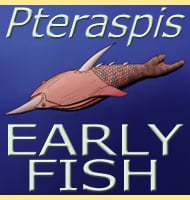In Depth
The genus Pterodactylus was the first ever pterosaur named, however it suffered from the wastebasket taxon effect for the first fifty to hundred years of its history, and since this time many former species have been re-identified as being similar yet very distinct genera. Aerodactylus is yet another example of this, being originally named as Pterodactylus scolopaciceps.
Though only known from juveniles at the time of its description, Aerodactylus seems to have been a small genus of pterosaur, as indeed many pterosaurs of the late Jurassic were. Aerodactylus is noted for having as many as sixty-four teeth, though the density of them increased towards the tips of their jaws, showing that this was the primary prey catchment area. The jaws of Aerodactylus also have a slight upward curve, and the upper jaws terminate with a small downwards pointing hook that is about the similar length of the teeth.
Aerodactylus also had a low triangular crest that grew up from the skull measuring nine and a half millimetres at maximum height, and between forty-four and fifty-one millimetres in length. A second crest formed a cone shaped structure that grew out from the back of the skull. In both cases these crests were made from soft tissues and were not composed from the skull bones. Further soft tissue remains show that a throat pouch was also present, and extended from about the half way point of the lower jaw to the upper neck. The claws on the feet have also been confirmed to have had an extensive covering of keratin which would have made them very long in life.
All in all Aerodactylus shows near perfect adaptations for a fish hunting lifestyle. The hooked tip to the jaw is very similar to the hooked bills of some fish eating birds, and allows for a strong grip. The increase in tooth numbers at the front of the mouth would also increase grip on slippery, wriggling fish before being tossed back into the throat pouch and swallowed.
Further Reading
- Pterodactylus scolopaciceps Meyer, 1860 (Pterosauria, Pterodactyloidea) from the Upper Jurassic of Bavaria, Germany: The Problem of Cryptic Pterosaur Taxa in Early Ontogeny. - PLoS ONE 9 (10). - S. U. Vidovic & D. M. Martill - 2014.

